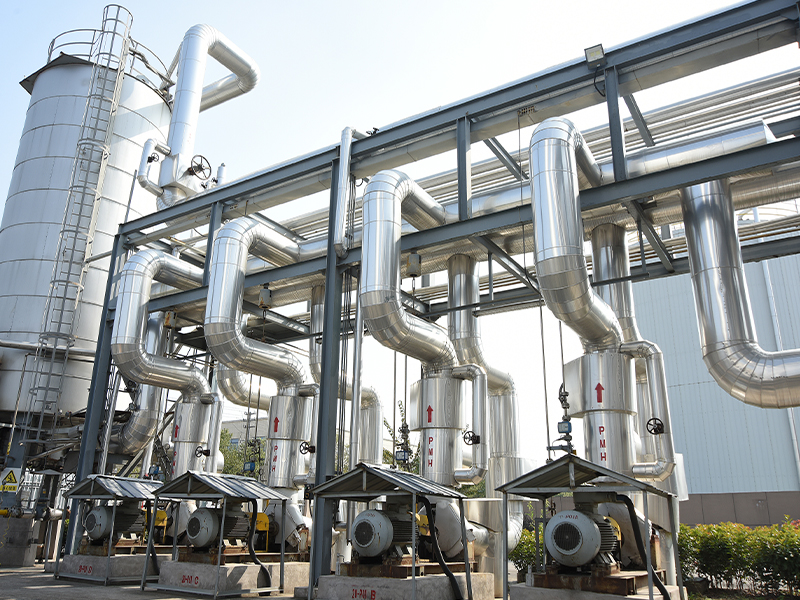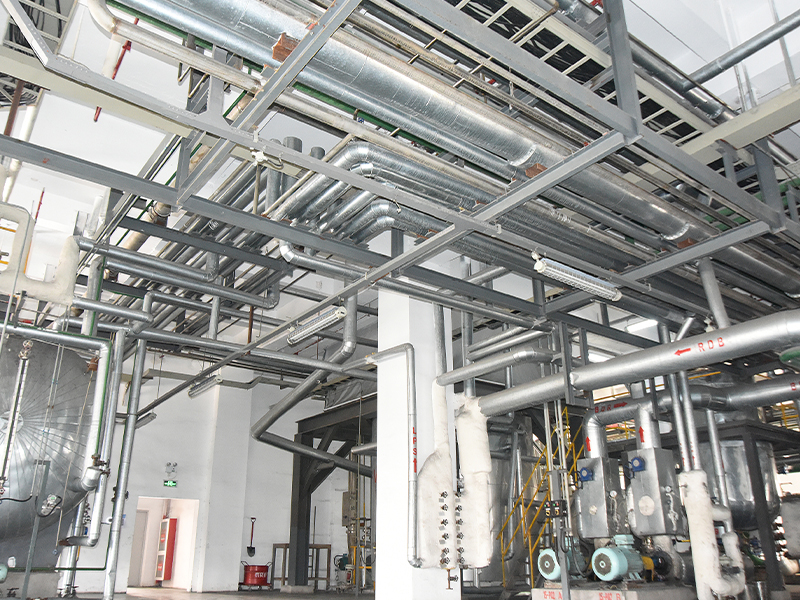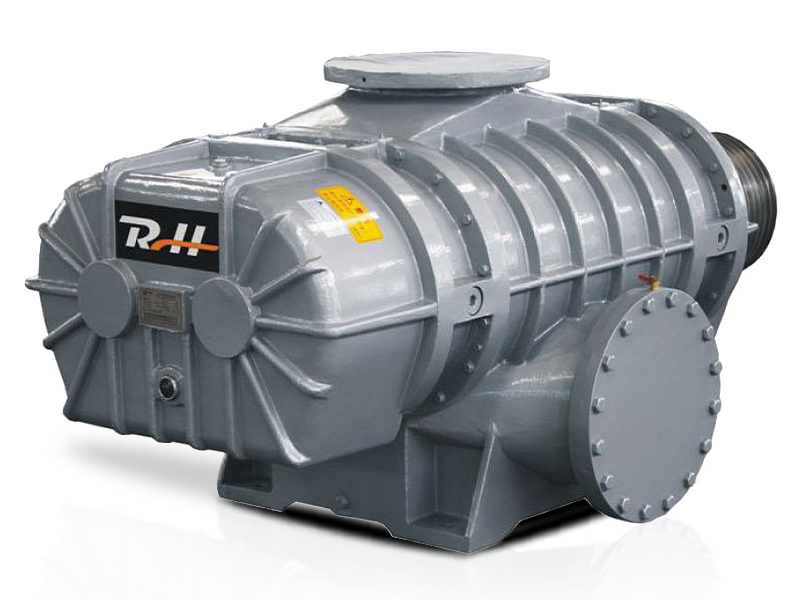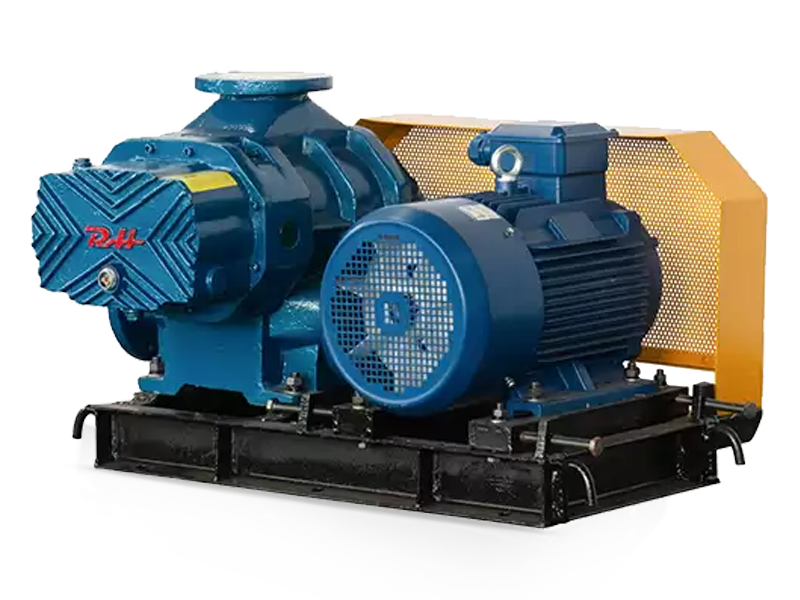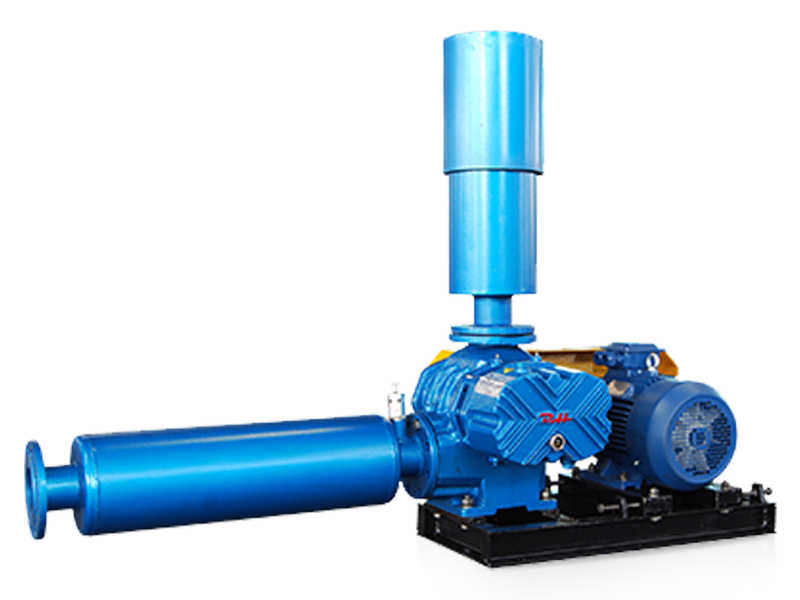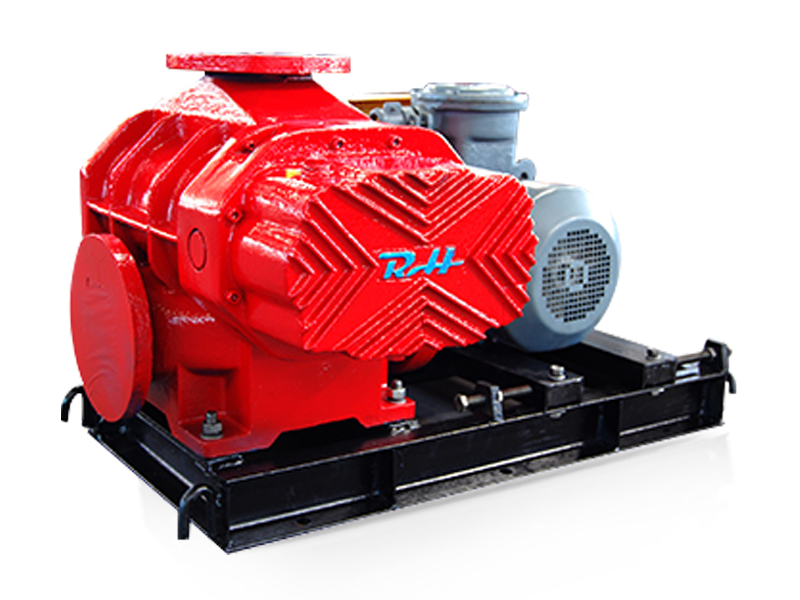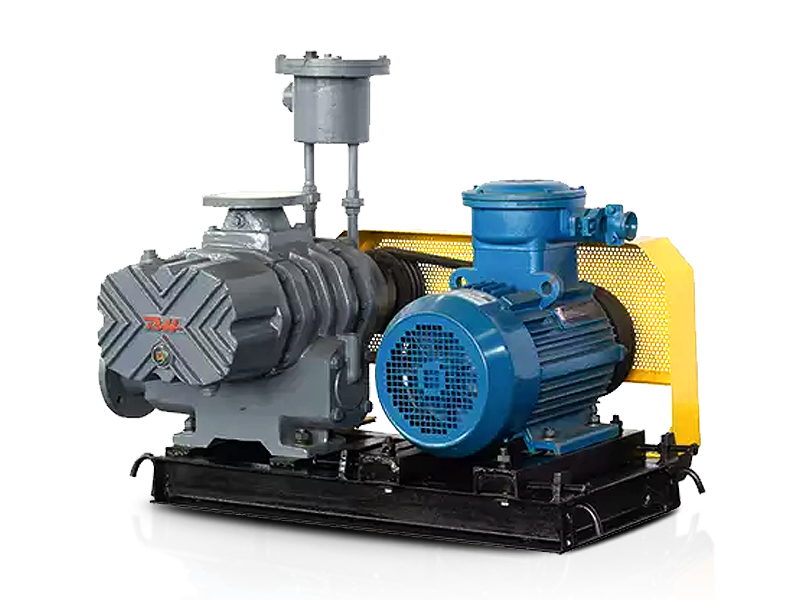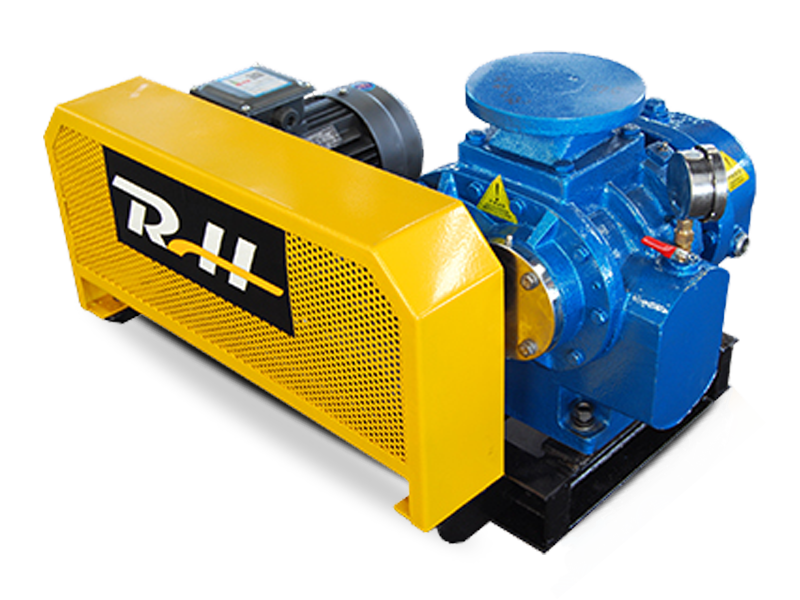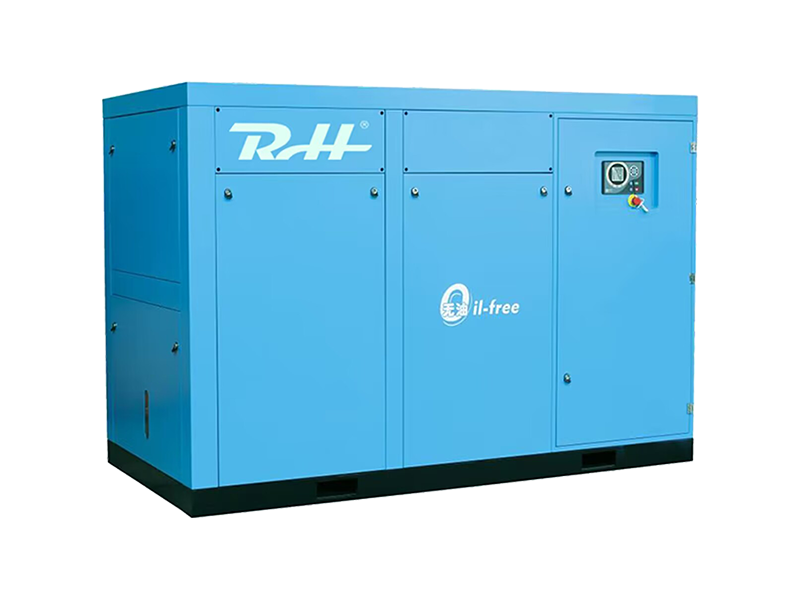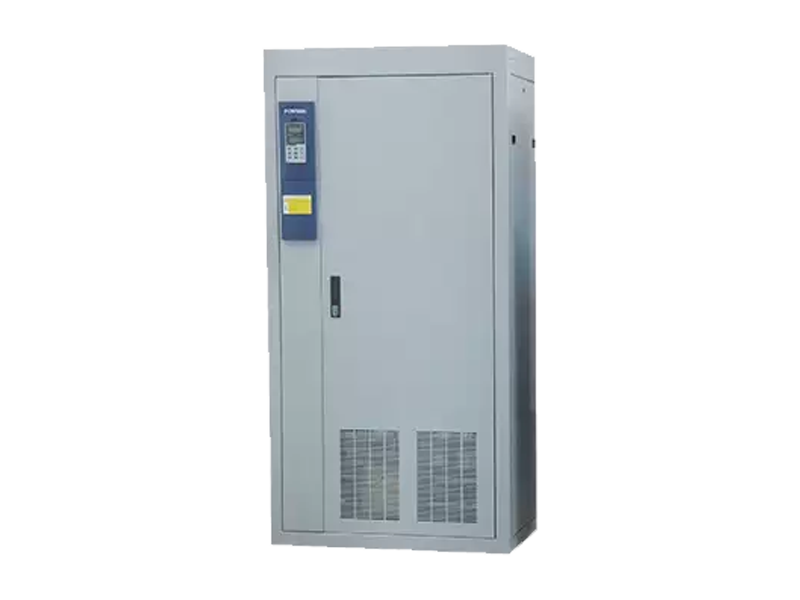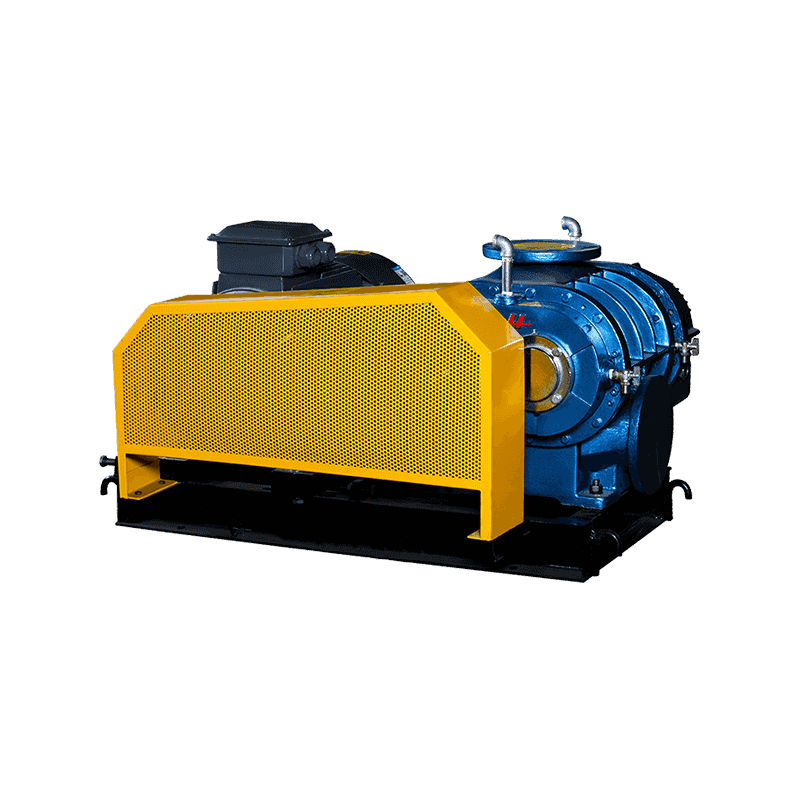Air suspension turbo blowers are widely used in industrial applications where consistent airflow, high efficiency, and reliable operation are critical. These systems are designed to deliver stable performance under a range of operating conditions, but one question often arises among engineers and operators: Can the air suspension turbo blower maintain performance under fluctuating load conditions?
Understanding Air Suspension Turbo Blowers
An air suspension turbo blower is a type of centrifugal blower that uses magnetic or air-based suspension technology to support the rotor without direct mechanical contact. This eliminates the need for conventional bearings, reducing friction, wear, and maintenance requirements.
The core components of an air suspension turbo blower include:
- Rotor: The spinning component responsible for moving air.
- Motor: Typically a high-speed, precision-controlled electric motor.
- Suspension System: Uses air or magnetic fields to stabilize the rotor, ensuring minimal vibration.
- Inlet and Outlet Diffusers: Direct airflow efficiently into and out of the blower.
The air suspension system allows the rotor to operate at high speeds with minimal mechanical resistance, enabling high efficiency and long service life.
What Are Fluctuating Load Conditions?
Fluctuating load conditions refer to changes in demand for airflow or pressure within a system. In industrial processes, airflow requirements can vary due to:
- Changes in process intensity (e.g., varying chemical reaction rates).
- Variable exhaust or intake conditions in HVAC systems.
- Demand fluctuations in wastewater treatment or pneumatic conveying.
Under these conditions, the blower must respond quickly to maintain system pressure, prevent energy waste, and avoid mechanical stress.
How Air Suspension Turbo Blowers Handle Variable Loads
Air suspension turbo blowers are uniquely suited for fluctuating load conditions due to several key design features:
1. High Rotor Stability
The air or magnetic suspension system keeps the rotor suspended and perfectly aligned, even when operating conditions change. This ensures that:
- Rotor imbalance is minimized.
- Mechanical vibration is reduced, even under sudden load changes.
- Efficiency remains high because energy is not lost to friction or misalignment.
2. Rapid Response to Load Changes
Modern air suspension turbo blowers are often equipped with variable frequency drives (VFDs) or other electronic speed control systems. This allows the blower to:
- Adjust rotor speed quickly in response to changing airflow demands.
- Maintain consistent pressure and volume output.
- Reduce energy consumption by only operating at the required load.
3. Low Thermal Stress
Fluctuating loads can cause temperature variations in conventional blowers, leading to premature wear or motor overload. Air suspension turbo blowers, with minimal mechanical contact and high-efficiency design, experience less heat generation, which helps maintain performance during load swings.
4. Aerodynamic Design
The turbo impeller and diffuser are designed for broad operating ranges, allowing efficient airflow at both low and high loads. This ensures that:
- Peak efficiency is not limited to a narrow operating point.
- Pressure fluctuations are minimized.
- Noise levels remain controlled even under variable load.
Performance Metrics Under Variable Loads
When evaluating whether an air suspension turbo blower can maintain performance under fluctuating loads, consider these metrics:
- Flow Rate Stability: The blower should maintain airflow within ±5–10% of the target value during typical load swings.
- Pressure Consistency: Discharge pressure should remain stable to prevent downstream process disruptions.
- Energy Efficiency: Variable load operation should not cause a significant drop in blower efficiency.
- Vibration and Noise Levels: Minimal change in vibration amplitude indicates rotor stability and reliable operation.
Several studies and industrial reports indicate that air suspension turbo blowers outperform conventional blowers in these metrics when operating under variable load conditions.
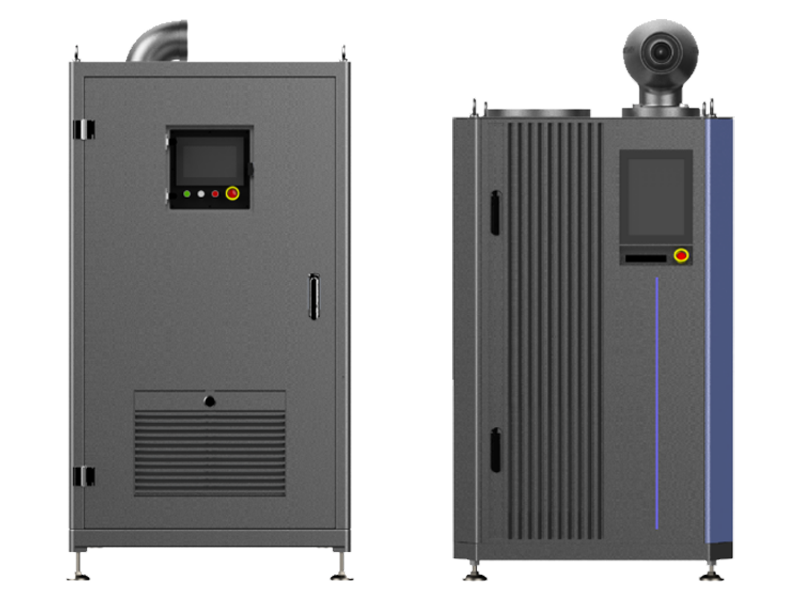
Practical Strategies for Maintaining Performance
Even though air suspension turbo blowers are inherently resilient, operators can take steps to optimize performance under fluctuating loads:
1. Implement Advanced Control Systems
- Using VFDs or intelligent controllers allows the blower to adjust speed and maintain target pressure automatically.
- Sensors measuring system pressure, airflow, and temperature provide feedback to optimize operation.
2. Regular Maintenance and Monitoring
- Inspect suspension systems for wear or misalignment.
- Monitor vibration, bearing health, and temperature trends.
- Clean inlet and outlet diffusers to avoid airflow restrictions.
3. Optimize System Design
- Minimize sudden changes in ducting or piping to reduce load spikes.
- Use dampers or bypass valves to smooth airflow fluctuations.
- Ensure that the blower is properly sized for the maximum anticipated load.
4. Avoid Excessive Load Cycling
- Frequent rapid load changes can stress the system, even with air suspension.
- Where possible, maintain gradual load ramps rather than abrupt spikes.
Case Studies and Industry Examples
Wastewater Treatment Plants
In wastewater aeration systems, demand for oxygen varies significantly throughout the day. Air suspension turbo blowers are used because they:
- Maintain consistent airflow despite variable oxygen demand.
- Reduce energy consumption through VFD-based speed control.
- Require minimal maintenance, even under continuous operation.
Pneumatic Conveying Systems
In systems where material flow varies, air suspension turbo blowers can adapt to fluctuating backpressure without losing performance. This reduces material clogs and ensures consistent production rates.
HVAC Applications
Large commercial HVAC systems often experience seasonal or diurnal fluctuations in airflow requirements. Air suspension turbo blowers:
- Maintain indoor pressure and temperature stability.
- Operate efficiently at partial loads without excessive energy use.
- Minimize vibration and noise, improving occupant comfort.
Advantages Over Conventional Blowers
Compared to traditional centrifugal or positive displacement blowers, air suspension turbo blowers offer:
| Feature | Conventional Blower | Air Suspension Turbo Blower |
| Bearing Wear | High | Minimal |
| Response to Load | Slower | Rapid via VFD |
| Vibration | Higher | Lower |
| Maintenance | Frequent | Reduced |
| Energy Efficiency | Moderate | High, even under partial loads |
These advantages make them especially suitable for applications with fluctuating load conditions.
Conclusion
Air suspension turbo blowers are well-equipped to maintain performance under fluctuating load conditions. Their suspension systems, aerodynamic design, and modern control technologies allow them to respond quickly to changes in demand while minimizing energy loss, vibration, and maintenance requirements.
For operators, the key to reliable performance lies in proper installation, intelligent control, and routine monitoring. When used appropriately, air suspension turbo blowers not only handle variable loads effectively but also deliver long-term efficiency and operational stability.
Investing in such systems is particularly beneficial in industries where airflow demand is highly variable, such as wastewater treatment, pneumatic conveying, and large-scale HVAC systems. By understanding their capabilities and limitations, operators can maximize both performance and return on investment.


 русский
русский Español
Español عربى
عربى